While attending SITE OSU last month, we connected with students in themed entertainment from all over the country and learned about the incredible projects they’re working on. Maybe the most ambitious project we heard about was The Old Mill. Led by Roly Garcia, the students of Carnegie Mellon University are building a working dark ride (yes, you read that right) inspired by the beloved former attraction at nearby Kennywood park. We had to know more and luckily Roly had some time to answer our questions.
C101: For those who don’t know, who are you and what do you do?
I am Roly Garcia, the project director for The Old Mill, which is a traditional dark ride being built on Carnegie Mellon University campus for our annual Spring Carnival. The ride is going to be a human-powered journey through an old steel mill that was turned into a museum (really a university building turned into our ride). Along the way, things get a bit out of hand and the mill seems to transport guests back into its heyday of steel production.
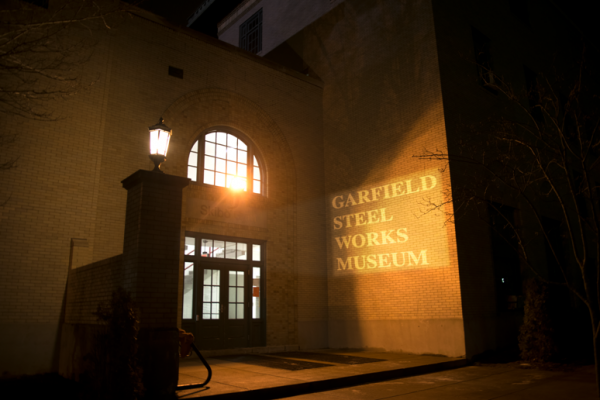
C101: That sounds super exciting! Tell us a little about the CMU Theme Park Engineering Group?
We are working with the CMU Theme Park Engineering Group (TPEG), which is an organization dedicated to gathering students interested in joining the amusement industry. We learn with each other, plan and enact projects such as The Old Mill. TPEG was started by Benton Shortridge, a senior mechanical engineer in the Spring of 2018. The Old Mill merged with TPEG in order to encourage organizational bonding, optimize planning and logistics, and most of all, to help people learn the tricks of the trade! The group’s history is very much in line with that of The Old Mill, since we both formed at around the same time.
C101: And now you’re building a dark ride – wow. Where did the idea come from?
I have personally been quite the attraction nut my entire life. When I came to my first CMU Carnival, I was impressed by the tradition we call Booth. Booth is a competition where student organizations (mainly fraternities) build themed structures that people walk through during Carnival. For a long time, Booth has stayed almost the same. One day just before my second Carnival, I realized that there would be nothing more amazing than if visitors to Carnival could ride something designed, engineered, and built completely by students. I did some research on other homebrew dark rides such as Brian Pastor’s and gathered all the feasibility information that I could.

During the next week, I gathered three of my friends into an architecture studio, told them about my idea, and we decided to proceed with conceptual design such as story and possible mechanics. The city of Pittsburgh is fantastically rich in history, and that enabled us to explore ideas that would reflect the culture and industrial beauty of it.
C101: How did you decide to build The Old Mill dark ride versus some other theme or ride?
I was asked once before why this had to be a ride. In fact, it never HAD to be one. However, the meaning behind “The Old Mill” as a name is quite deep. The Old Mill was the name of a beloved, defunct boat attraction at the nearby Kennywood Park. We chose that name because we wanted to retell the story of The Old Mill in our own way. The nostalgia and cultural significance behind that ride is a massive draw for many of the older visitors to Carnival. The fact that it will be a ride serves to attract the younger audiences, who may not even know about the Kennywood ride.
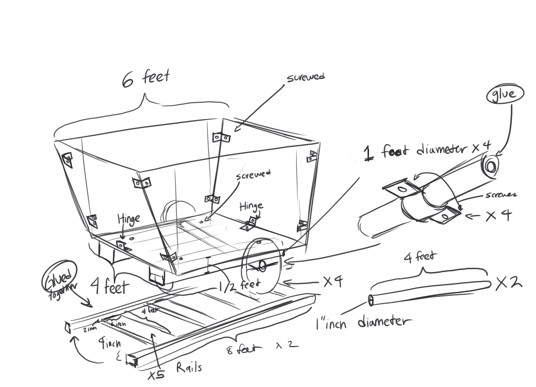
The further draw for all audiences is the fact that you cannot ride any of the other flat rides at Carnival for free, and you certainly can’t get a story out of them. I for one cannot wait to watch someone who rode the original Old Mill get off the ride with a smile on their face. I also cannot wait to see the impressed looks of our younger guests, who never would have thought that the old Carnival they’ve been coming to could be any better.
C101: Originally you wanted to make this a powered ride, correct? But now it’s going to be human powered (i.e. pushed by students along the ride path)?
We were not necessarily forced to do so, but it certainly made our workflow much easier. By eliminating the mechanical aspect of making sure motors are pushing carts properly, we were able to divert time to other, more important aspects of the ride. By eliminating the hazardous aspect of having a big battery on each ride vehicle, our school’s Environmental Health and Safety department did not have to be as involved, which also helped redirect time to more useful things.
At the end of the day, we also believed that having a “tour guide” character would help us create a true sense of shared experience between guests and their operators. It also gave us a reason to exercise our abilities to write dialogue in addition to all of our other challenges!
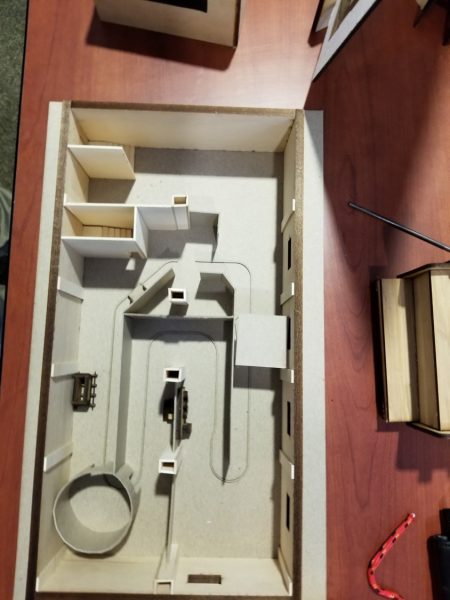
C101: What’s the current status of the project?
The Old Mill is currently under construction! We were given a space in an old academic building to install our ride, and construction is occurring off-site. We are about 60% through this phase. We need to finish constructing all of our ride vehicles, set pieces, and paint them. Testing for smaller set pieces is also ongoing, in order to meet ASTM and Pennsylvania state safety standards.
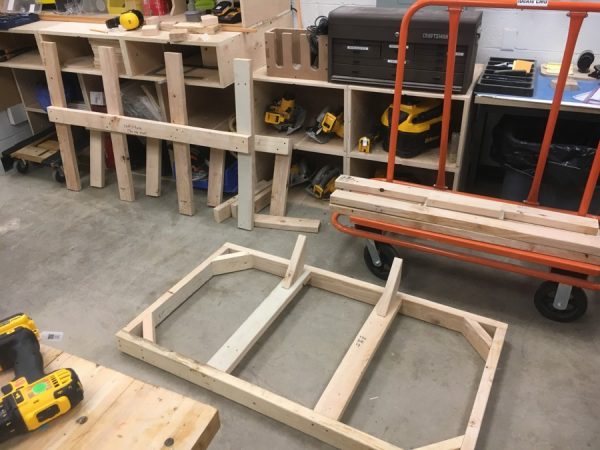
C101: That brings up an interesting point. How do you determine if the ride is safe for passengers? What testing are you performing, can you give an example of a specific safety standard you have to meet?
For those who are not familiar, ASTM is an international organization that sets engineering standards for countless different things in the world. One of their committees is called F24 – Amusement Rides and Devices, and they determine the world standards for attraction design, documentation, as well as other aspects.
In our case, ASTM standards led us to design our vehicle restraints a very specific way. Our lap bars are engineered to be Class 2 restraints, which means that they span multiple guests, and have one latching position. Other standards we have to meet are those of the patron clearance envelope, which defines how far any set pieces or props on the ride must be from guests. You definitely do not want people being able to touch a pneumatic cylinder operating at 90 pounds per square inch!
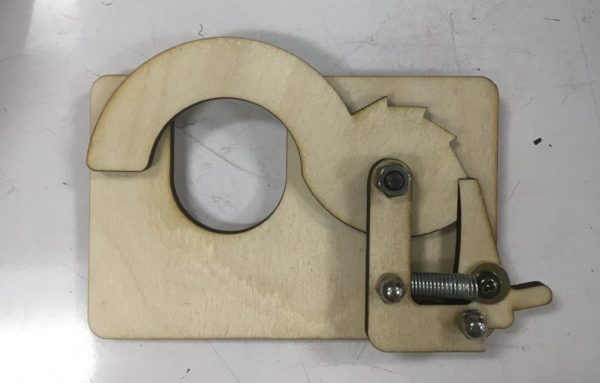
C101: Speaking of that, will there be effects along the ride? Can you describe any and how will they be controlled?
There will absolutely be special effects throughout the ride! Many of them are inspired by older dark rides such as The Devil’s Den in Pennsylvania and classic Disney rides. Some of the effects include simple back-and-forth animations, but others include more complex systems such as triggering a photo op as well as external sound cues and smell effects.
Our favorite effect so far has to be the Blast Furnace. This is the photo opportunity on the ride, and it ties together all of the above systems. As guests enter this dormant giant, they will see a plain old rusty furnace. After their tour guide gets a bit overzealous, the furnace ignites with the guests still inside! They are blasted with the hot air of the furnace’s ignition, they smell the ore being loaded above them, they hear the rumble of the machinery coming to life, and it contributes to this palpable sense of panic.
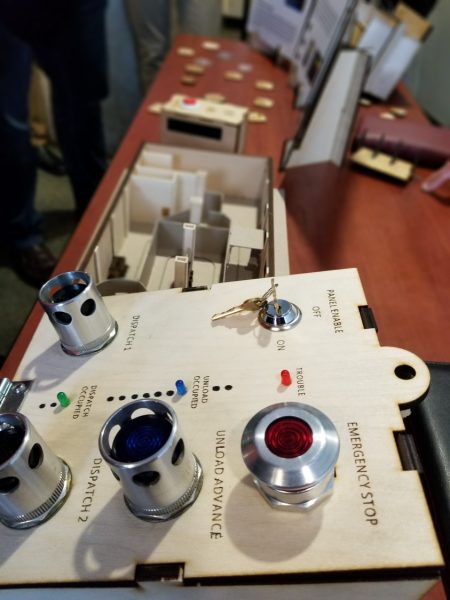
Effects such as these are relatively simple in terms of hardware. We are mostly using controllers called Arduino’s that allow you to create physical behaviors using electronics and programming languages. More complex set pieces may require WiFi-enabled controllers such as the ESP8266 or the Raspberry Pi.
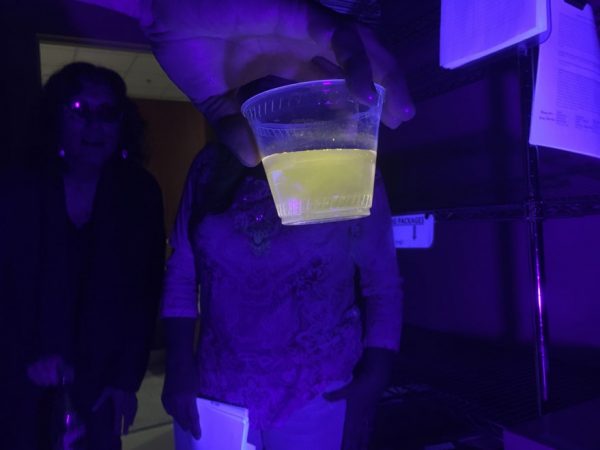
C101: Sounds like it will be just as much fun designing and building the Old Mill as it will be to ride the finished product. Anything else you want to add or want our readers to know about yourself or CMU TPEG?
I want everyone to know how amazing it is to be part of the entertainment industry. You do not have to be an engineer to succeed here. The interdisciplinary synergy that is entertainment will never lose its luster, but we need brilliant young people to jump in and do what they want! Work should be fun, and fun can be had almost everywhere. I would advise that readers check out organizations such as IAAPA, ASTM F24, and the Themed Entertainment Association for more info on how to get involved in this industry!
C101: Where can readers go to learn more about the project or the Carnegie Mellon University Theme Park Engineering Group in general?
To learn more about The Old Mill, readers can visit facebook.com/theoldmillride. We are beginning to update the page more, now that we have more real things to show! I am currently developing a Theme Park Engineering Group website, so stay tuned for that.
UPDATE: Read part II to see how the ride actually performed and the valuable lessons the group learned.
Thanks again to Roly for taking the time to answer our questions! If you want to learn even more, I highly recommend you check out the latest episode (#374) of the Season Pass Podcast. We can’t wait to see the finished project! Carnegie Mellon’s Spring Carnival 2019 is from Thursday, April 11 through Saturday April 13 on the Pittsburgh campus.

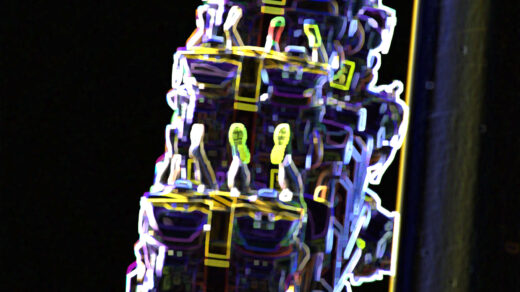
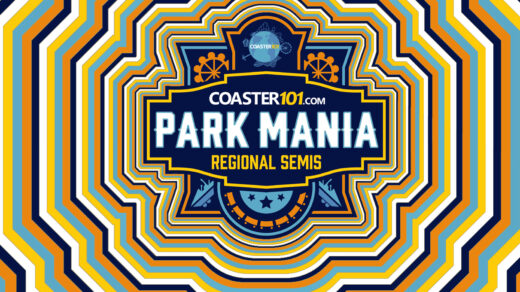
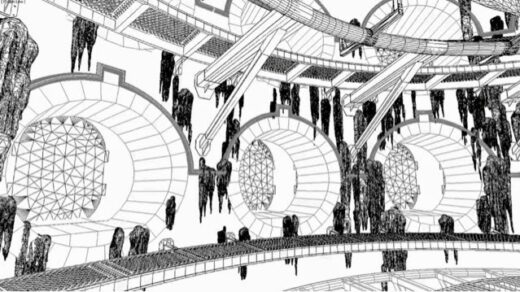











Recent Discussion